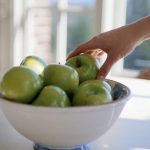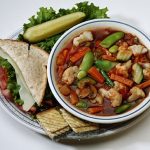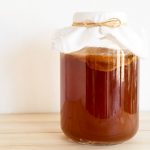
As a tool to reduce the public health toll of drinking, higher taxes on alcohol get the most bang for the buck, a new study finds. Worldwide, more than 4 percent of diseases and 5 percent of deaths are directly linked with alcohol, previous research suggests. In this study, researchers looked at data from 16 countries to find out which of five alcohol-control strategies would be most cost-effective in reducing alcohol-related harm and deaths. Their conclusion: A 50 percent increase in alcohol excise taxes (those included in the price) would cost less than $100 for each healthy year of life gained in the overall population. And it would add 500 healthy years of life for every 1 million people, the researchers said. Such a tax increase would be pennies per drink, according to the study published Aug. 9 in the Journal of Studies on Alcohol and Drugs. “Tax increases may not sound the most attractive of policy options but are the single most cost-effective way of diminishing demand and reigning back consumption,” lead researcher Dan Chisholm said in a journal news release. Chisholm is a program manager for mental health with the World Health Organization in Copenhagen, Denmark. Previous studies showed that state excise taxes in the United States average 3 cents for a 12-ounce beer or 5-ounce glass of wine and 5 cents for… read on >





























-300x200.jpg)







-300x169.jpg)
